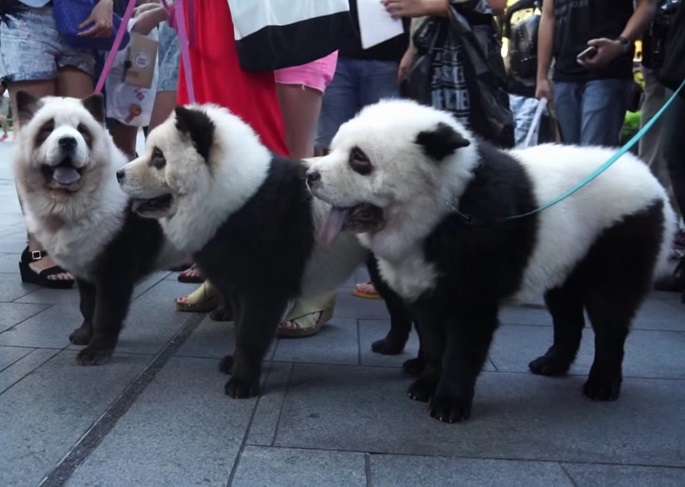As the master eats, so will the creature.
An estimated annual domestic growth rate of over 30 percent in the country’s pet economy could potentially bring in some 150 billion yuan by 2020, reported China Daily.
The surging demand will eventually catapult China pet food market to rank as the third largest in the world.
Only in 2013, market demand reached 19.32 billion yuan. In 2016, it shot to a tremendous 53.5 billion yuan or more than $7.7 billion.
The creation of a cross-border e-commerce (CBEC) comprehensive pilot zone in Hangzhou, Zhejiang Province--the State Council released a written response on its approval on March 12, 2015--bolstered the cross-border pet industry in the country.
Hangzhou’s Jianggan District serves as the location of a cross-border pet industry experimental zone, deemed as the first of its kind in the country. Zhejiang’s provincial government inaugurated it on March 27.
Part of its many functions is to monitor the cross-border pet food imports, presenting reforms on its regulation.
According to Jianggan’s deputy head, Li Yuan, close to 30 companies already operate in the said experimental zone. They include CBEC sites, such as Alibaba’s Tmall Global.
Xing Yue, Tmall Global’s deputy general manager, said that China pet food market relies primarily on local distribution channels and on resellers who buy the food items abroad. The latter includes WeChat stores.
Feed me: Rising pet food market
In 2015, the country produced 700,000 tons of pet food, according to Wang Jinquan, an associate professor at the Feed Research Institute of the Chinese Academy of Agricultural Sciences, reported PetfoodIndustry.com.
Wang, who revealed the information during the Shanghai International Pet Expo (SIPE) 2016 on Aug. 17, said that the pet food industry achieved a 23 billion yuan overall sales in 2015.
From 2013 until April 2016, the average price of pet food per kilogram increased to 12.1 percent, according to Gfk, a German market research company and one of the SIPE presenters.
The overall sales of local cat food registered an 81 percent growth.
“Chinese consumers are willing to spend more on their pets,” according to the executive summary of a May 2016 report by Euromonitor on China’s pet care, “which led to value growth in pet food being even stronger than that in the overall pet care market in 2016.”
The report added: “Premium dog and cat food is expected to outperform the overall market, thanks to the trading-up trend.”
Compared to mid-priced dog food, according to another Euromonitor report, premium dog food captures more market.
The increase in household income renders pet owners additional buying power, making them opt for the more expensive dog food.
China’s love affair with four-legged friends
Owning a pet or two is now something “commonplace” in China and no longer “an elitist pastime,” according to Forbes.
The rise in the number of pet ownership in China led to the increase in pet care centers, even in the existence of the so-called pet hotels. In addition, it contributed to the creation of jobs in the pet industry.
Cats and dogs top the choices for animal pets, according to National Bureau of Statistics of China.
Some 58.1 million cats and 27.4 million dogs are being kept as pets in China.
Chinese pet owners simply love their animal companions.
“My life revolves around them,” said dog beauty therapist Huang Yuwen, quoted Forbes, referring to her eight pet dogs.
Huang was just one of the numerous pet owners who attended SIPE 2016.
Pet Fair Asia’s Grace Wu, its organizing committee’s senior manager, said that owners ensure that they attend to the needs of their pets, from healthcare to grooming.
“Just like parents would be with their children,” she said.





















